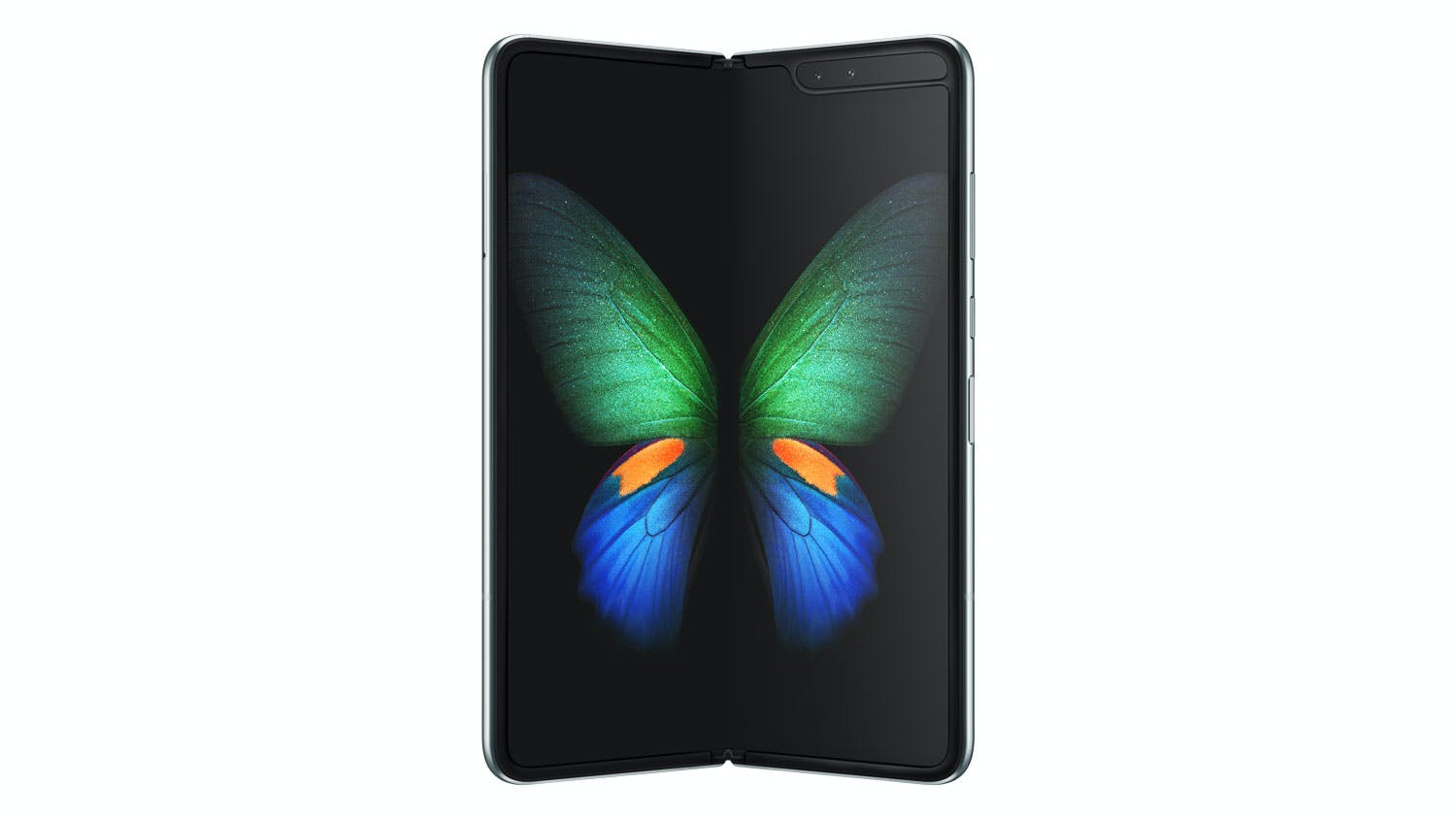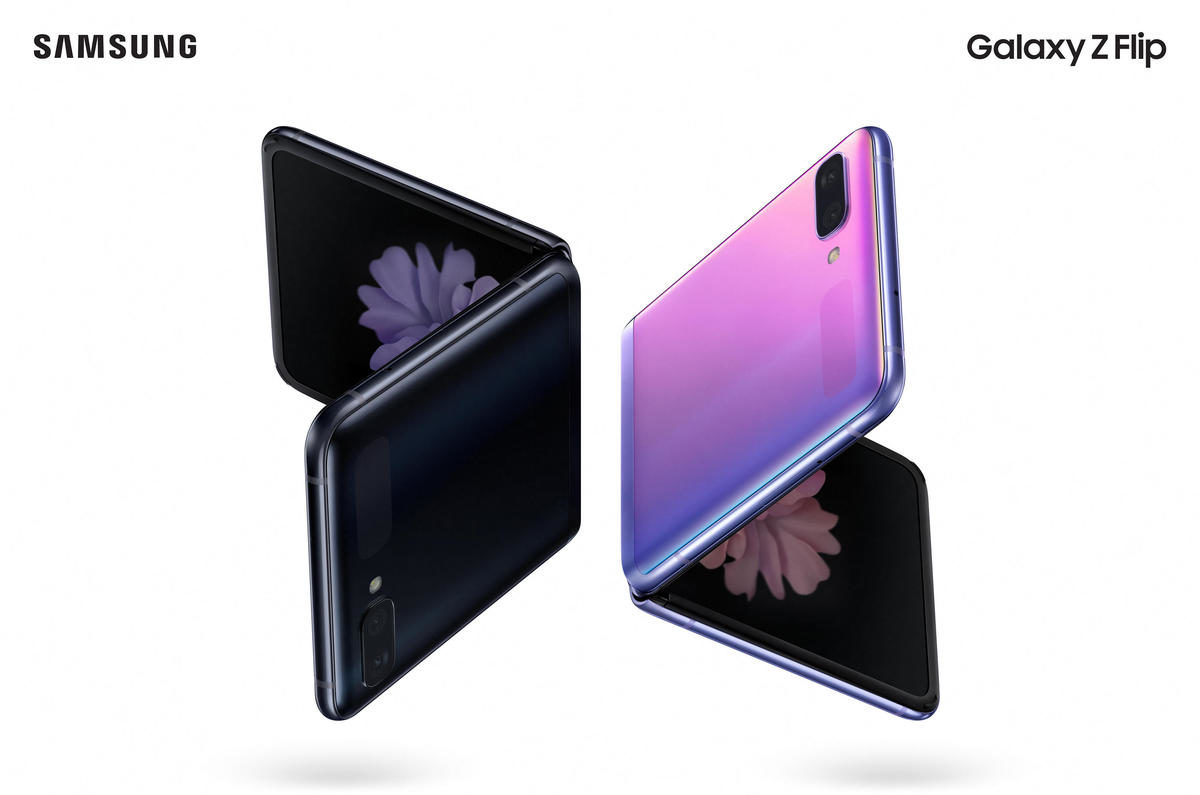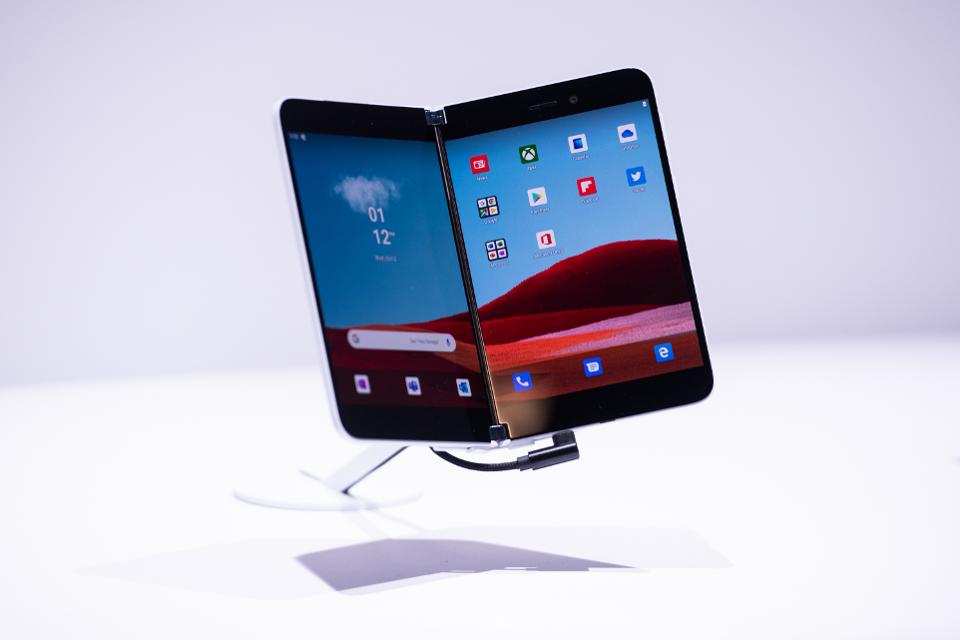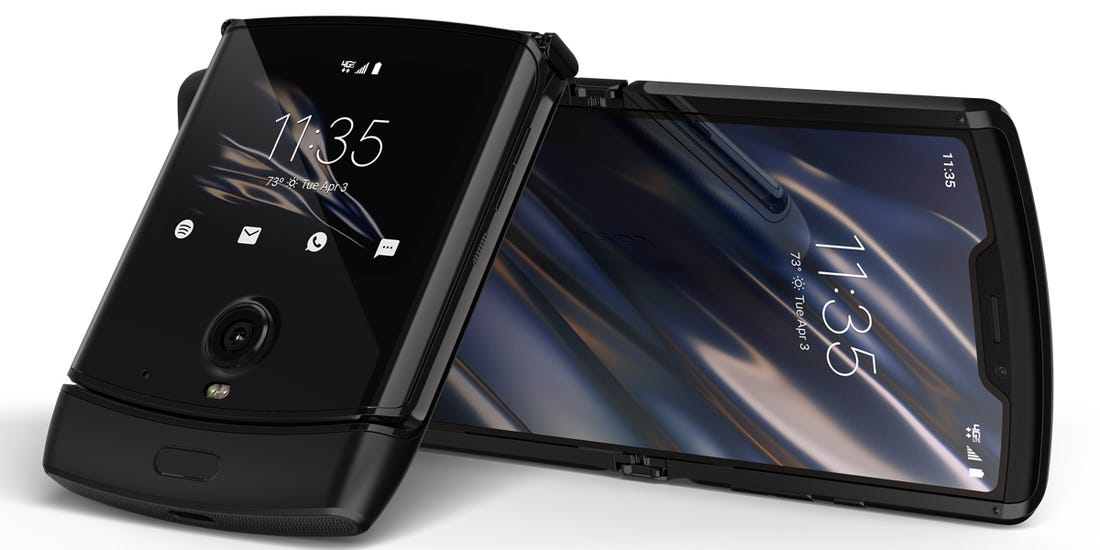Foldable Phones: We can see the folding screen phone storm in 2020. But is this the beginning of another era? It’s too early to say, although the excitement surrounding this technological advance will decide the pattern.
Table of Contents
Samsung Galaxy Fold

Overview: The Samsung Galaxy Fold expected to ship on October 1, 2019, in India. Available in the US a month ago, the phone is one of Samsung’s leading foldable phones that, when unfolded, accompanies a tablet-sized screen and a small auxiliary screen.
Plan: The Samsung Galaxy Fold comes with a screen on the front and opens and closes like a book. It highly rated with two selfie sensors.
On the inside as a triple-back camera arrangement. The phone has a total of 6 cameras with one on the front.
When opened, it has a 7.3-inch screen with 1536 x 2152-pixel lenses and a viewing angle ratio of 4.2: 3. The smaller 4.6-inch Super AMOLED panel has 840 x 1960- Pixel lenses.
The opened phone measures 160.9 x 117.9 x 6.9 mm and weighed 263 grams. At the point where it collapses, it measures 160.9 x 62.9 x 15.5 mm.
Design: In the engine, the phone has an octa-centre processor Qualcomm SDM855 Snapdragon 855 (7 nm) (1 × 2.84 GHz Kryo 485 and 3 × 2.42 GHz Kryo 485 and 4 × 1.78 GHz Kryo 485 ) and an Adreno 640 GPU. With a variety of sensors including fingerprint (side), accelerometer, vortex, proximity, compass, and gauge.
Camera: In terms of optics, the Samsung Galaxy Fold accompanies a total of six cameras, including a 16 MP ultra-wide camera with an f / 2.2 aperture, a 12 MP wide-edge camera with dual-pixel AF, OIS and variable F / contain 1.5 to f / 2.4 space; Finally, a 12 MP fax camera with PDAF, OIS, a gap of 1: 2.4 and a 2x optical zoom on the back. The dual front camera has a remarkable 10 MP f / 2.2 sensor and an 8 MP RBG depth camera with f / 1.9 aperture. In summary, the expansion camera is a 10 MP selfie camera with a gap of 1: 2.2.
Battery and storage: Samsung has put two batteries with a limit of 4,380 mAh on the phone. Samsung offers help with fast charging and remote charging with the Galaxy Fold. The phone has 12 GB RAM and 512 GB of built-in storage that cannot dispense with.
Samsung Galaxy Z Flip

Samsung Galaxy Z Flip was powered in March 2020 and ran on Android 10 operating system. The smartphone is only accessible in one shade, for example, dark, and has a unique dial sensor. In addition to a host of network alternatives, essential security aspects also include 3G, 4G, GPS, WiFi, and NFC Bluetooth capabilities. The phone is available with 256GB of internal storage.
The smartphone is powered by an Octa Center Qualcomm SM8150 Snapdragon 855+ processor with 1 × 2.95 GHz, 3 × 2.41 GHz and 4 × 1.78 GHz. 8GB of RAM ensures that the phone will run smoothly even in applications more difficult memory, but does not give any indication of margin. The 256GB internal storage cannot expand further. The phone comes with a massive 3300 mAh battery to support the 6.7-inch display with the foldable AMOLED dynamic display with a 1080 x 2636 lens at 425 PPI. Samsung Galaxy Z Flip features a 12 + 12-megapixel dual camera and a 10-megapixel front camera. The smartphone has a 1: 1.8 low camera aperture. It also supports HDR (High Power Range) images.
Microsoft Surface Duo

Microsoft Surface Duo is another gadget that accompanies the foldable phones with two screens. It doesn’t have a folding screen, but it connects two different screens on either side of a slim, protected pivot point that rotates 360 degrees. The ability to unconditionally multitask on two different displays at the same time is compelling and makes the Surface Duo exciting.
Microsoft Surface Duo will be launched in March 2020 and will run on Android 9 operating system. The smartphone is only available in one colour, for example, gold. The phone comes with 64GB of internal storage.
The smartphone powered by Octa Center’s Qualcomm Snapdragon 855 processor. A 4GB RAM ensures that the phone runs smoothly even with the most memory-consuming apps and does not give any indication of room for manoeuvre. The 64GB internal capacity cannot expanded in any way.
The phone has a 5.60-inch screen.
Moto Razr

It stated that Motorola Razr (2019) will launch in April 2020 and will run on the Android 9 operating system. The smartphone will be presented in a single shade, for example, dark, and will have a unique branded sensor as a highlight. Underlying security as well as a wide variety of available options regarding 3G, 4G, GPS, WiFi and NFC Bluetooth capabilities. The phone will accompany 128 GB of internal storage.
The smartphone operated with the 2.2 GHz Qualcomm Snapdragon 710 Core Octa processor. A 6GB RAM ensures that the phone will work flawlessly even with the most severe storage applications and does not give any indication of headroom. 128 GB internal capacity cannot be expanded in any way.
The phone here comes with a 2500 mAh battery that supports the 6.20-inch screen with an 876 × 2142 lens. This year we saw the arrival of the Razr, a fantastic phone from the big OG days. The new Razr has a 6.2-inch vertical flip-view display with a 21: 9 angle ratio. At the top of the display is a notch that houses the phone’s 5-megapixel selfie snapper.
On the back is a must-have 16-megapixel rear gunner, which also replaces selfie activities while the phone is in the folded frame. It accompanies the improvements to the night mode and the AI. Motorola Razr (2019) will have an outstanding 16 + 5-megapixel dual camera and a 5-megapixel front camera. It enhances powerful HDR (high range) images.
Are there Advanced uses for Foldable Phones?
Android has “Screen Continuity” so designers don’t have to go through terrible trouble optimizing their applications for folding display cases. It is the element with which a claim can easily and without errors switch the different screen sizes back and forth.
The app developers had a head start, and many significant apps should be useful from now on. Google is now reassuring designers to include screen continuity, multiple summaries, and various program endorsement in their apps to keep the foldable phone moving smoothly. In Android Q Beta, we were able to discover new changes for the equivalent.
The idea of the alternative to the development of specific applications for screens seems very attractive. Here’s an overview of the foldable phones that are available now or will be soon.

